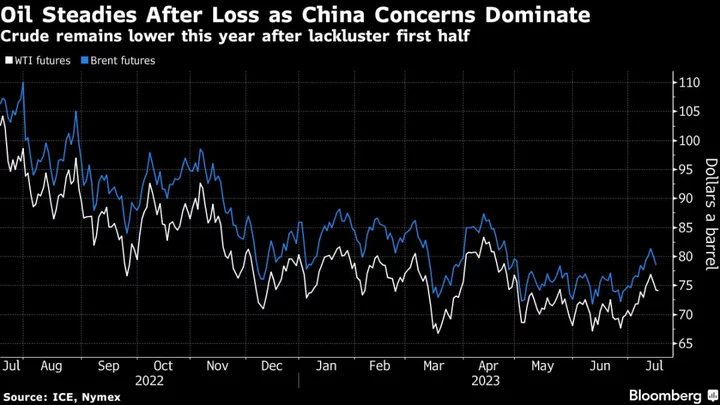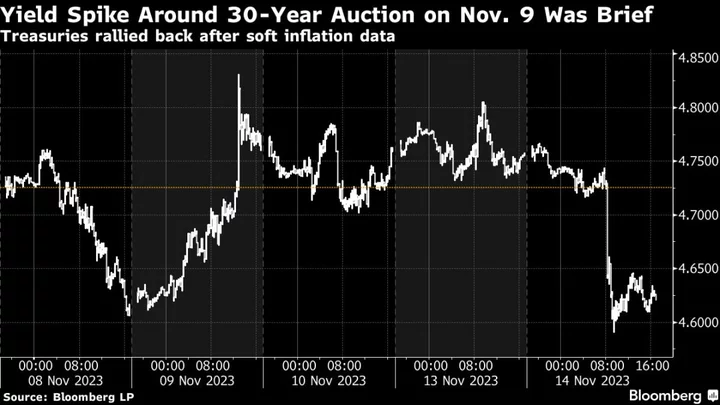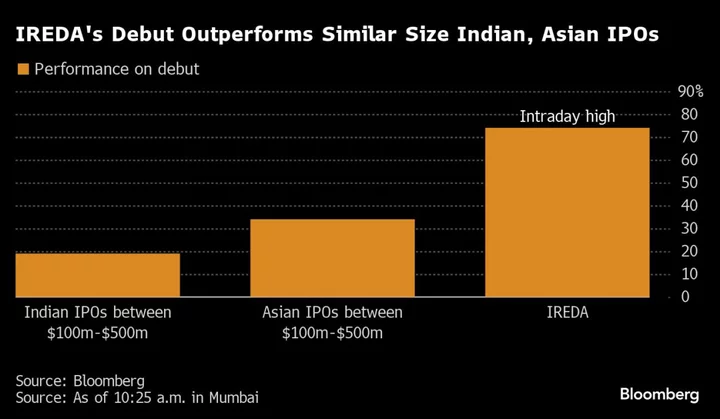Oil steadied in Asia — after dropping almost 4% over the previous two sessions — as concerns over the state of China’s economy were offset by Russia’s plans to cut crude exports.
West Texas Intermediate traded above $74 a barrel, after falling by 1.7% on Monday as a major Libyan oil field came back online and China’s second-quarter growth missed expectations. That led several Wall Street banks to slash their growth forecasts for the biggest crude importer, and Treasury Secretary Janet Yellen to warn of the risk of global ripple effects.
“Weaker than expected Chinese macro data and the reaction from the oil market shows that the key concern for the market remains demand,” said Warren Patterson, head of commodities strategy for ING Groep NV in Singapore. “However, we still remain constructive on the market with the oil balance set to tighten considerably over the second half.”
Russia will reduce its third-quarter crude export plans by 2.1 million tons, corresponding to its pledge to reduce overseas shipments by 500,000 barrels a day in August, the country’s Energy Ministry said. With Russian oil becoming more expensive, buyers like India are now considering boosting purchases from traditional sources in the Middle East instead.
The slump in global oil prices over the last few days comes after a rally since late June that’s been driven by signs the market is tightening following production cutbacks by OPEC+ heavyweights Saudi Arabia and Russia. Crude is still down for the year as China’s lackluster recovery and the Federal Reserve’s aggressive rate-hiking cycle weigh on demand.
To get Bloomberg’s Energy Daily newsletter direct into your inbox, click here.









